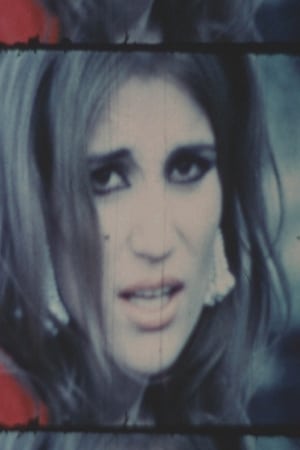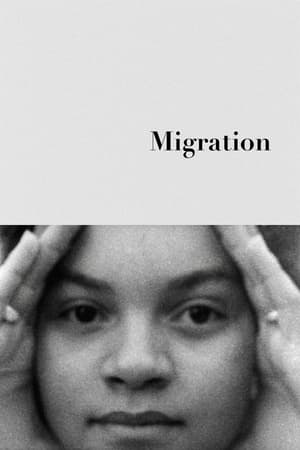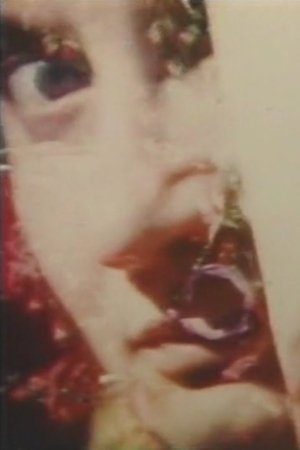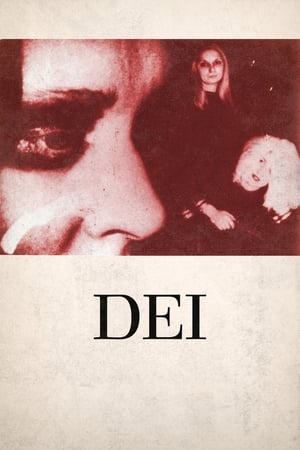
Pia Epremian
Biography: (Chivasso, Turin, 1940), only woman filmmaker of the CCI, she spent time on the Turin art scene in the 1960s with her childhood friend and confederate Tonino De Bernardi. Her degree thesis on Proust formed the basis of her first film Proussade 1967, followed by other short and medium-length films, all in 8mm until 1971, when she stop making films. She then moved to Rome to concentrate on psychoanalysis, specialising in the treatment of children and teenagers.
Place of Birth: Not available
Birthday: Not available
Deathday: N/A
Popularity:
Known For

Il mostro verde
1967-12-31
Il mostro verde

Overview: Short made for double parallel projections, for which Allen Ginsberg said that it's his favorite underground European film, debut from the director, cheeky hommage to B-movies.
Genres: No genres available
Original Language: it
Release Date: 1967-12-31
Popularity:

Migration
1970-12-02
Migration

Overview: This is the third and most extensive part of the cycle Eryngium. The essential theme is the migrations that have populated our world, starting from ancient India and descending into Greece and Western Europe.The film’s conceit is that this movement is still in progress. The characters are shown in transit, as if they were part of an ancient caravan. While they move they make up myths and they worship the Great Goddess,impersonating her story. Thus she appears as young girl and mature woman, and is evoked in the stories and music given on the soundtrack: the Virgin of Bach’s Magnificat, the Sulamite of Stockhausen’s Song of Solomon (“I am black but comely”), tales by Herodotus, Kafka, Villon (as set to music by Ezra Pound). A section is devoted to the idea of celebration, where the migrants get together to worship the life-principle. Later the film moves back to the individual and solitude.
Genres: No genres available
Original Language: it
Release Date: 1970-12-02
Popularity:

Piena di fiume
1968-08-08
Piena di fiume

Overview:
Genres: No genres available
Original Language: it
Release Date: 1968-08-08
Popularity:

Dissolvimento
1970-02-05
Dissolvimento

Overview: Dissolvimento shows two women in domestic interiors who perform two different actions, edited one after the other. In the first, the painter Gigliola Carretti is engaged in an action with a series of sexually explicit props, making the activity resemble the brushing of teeth; in the second, the director herself is seen from behind, seated on a toilet. The film ends with the almost abstract view of cascades of the fountains of Turin.
Genres: No genres available
Original Language: it
Release Date: 1970-02-05
Popularity:

Dei
1968-09-19
Dei

Overview: The construction of the film is very simple. Most of the time we see faces in close-up. Three pairs of faces, usually, on three different levels of superimpositions. At first, the faces are very theatrical, made-up. It's not clear whether they are men or women. They move only slightly. They are, indeed, godlike. As the film progresses, very unnoticeably, these faces begin to gain more life and masculine and feminine qualities. At the end of the film, after three hours, the faces are very real, and very human, and sexes and ages are very clearly defined: men, women, children.
Genres: No genres available
Original Language: it
Release Date: 1968-09-19
Popularity: